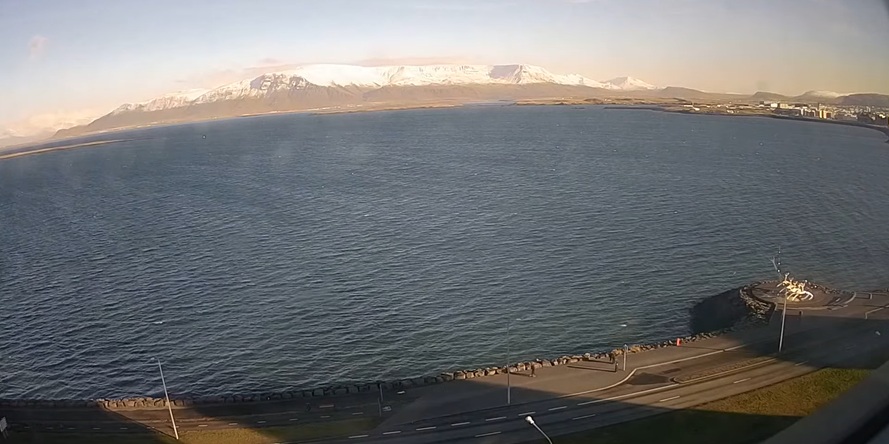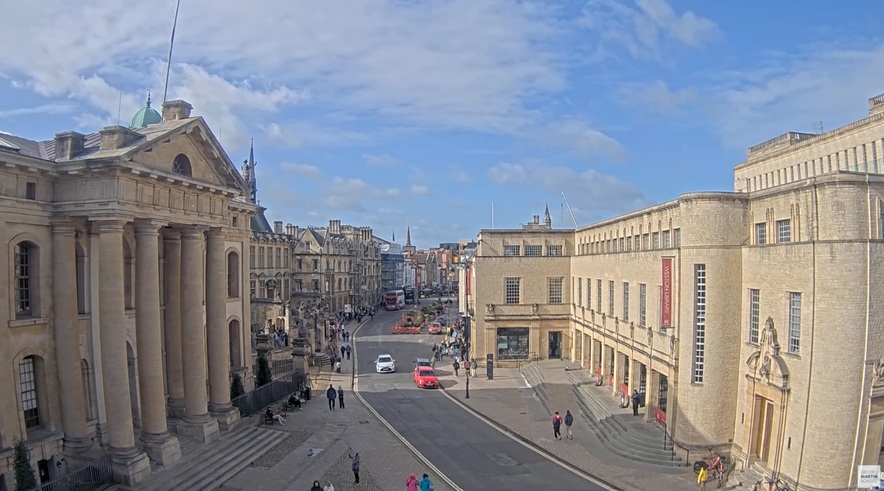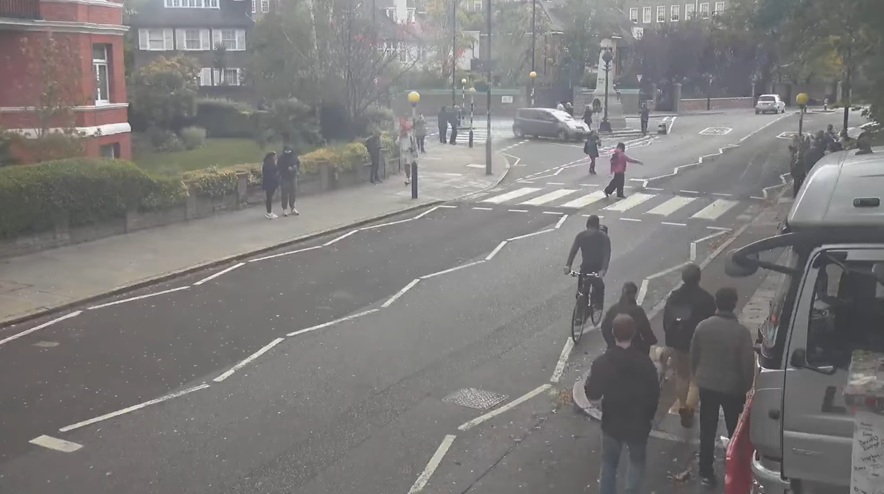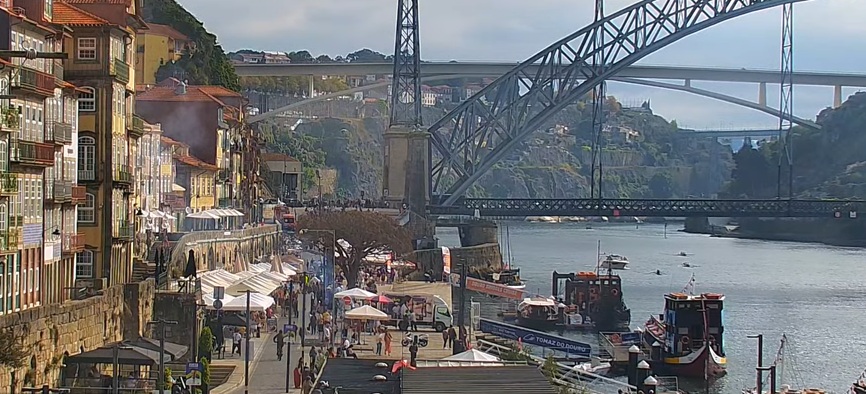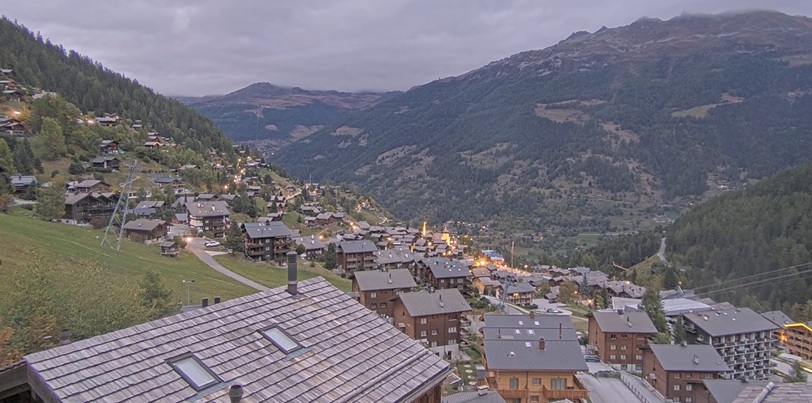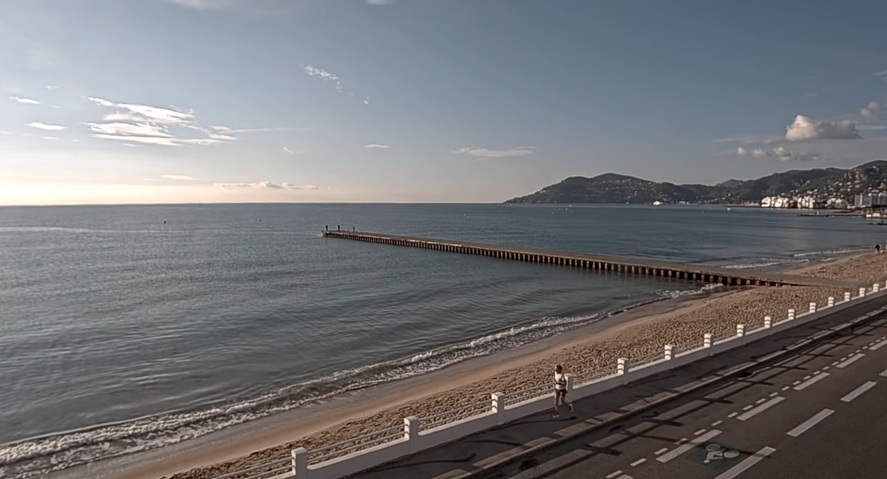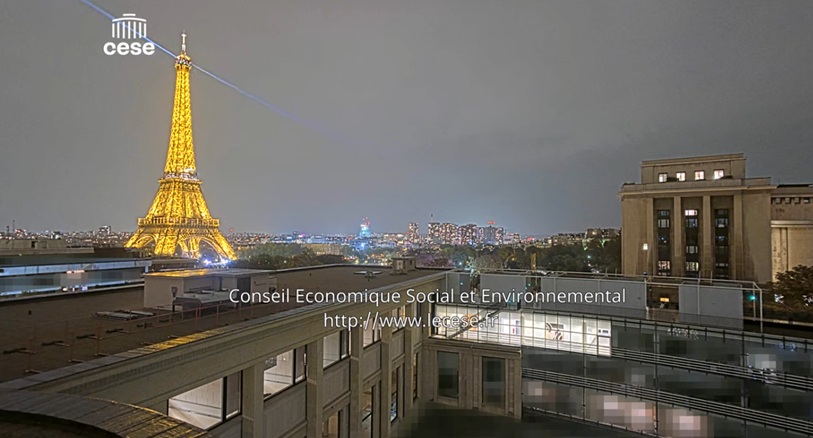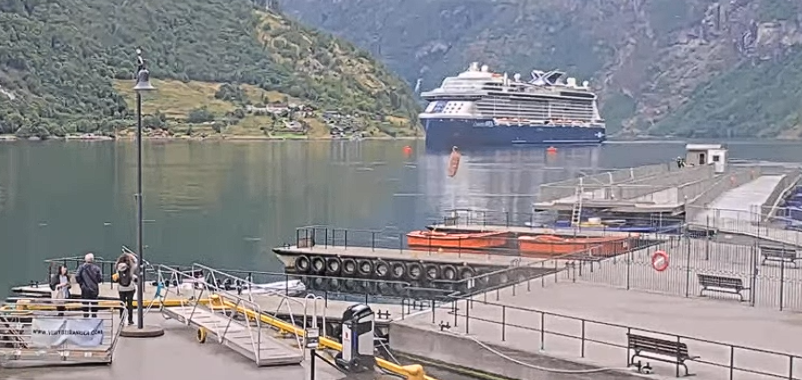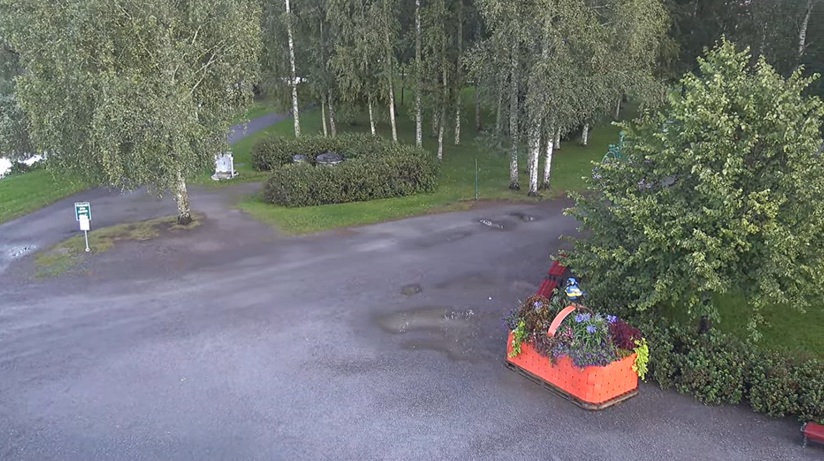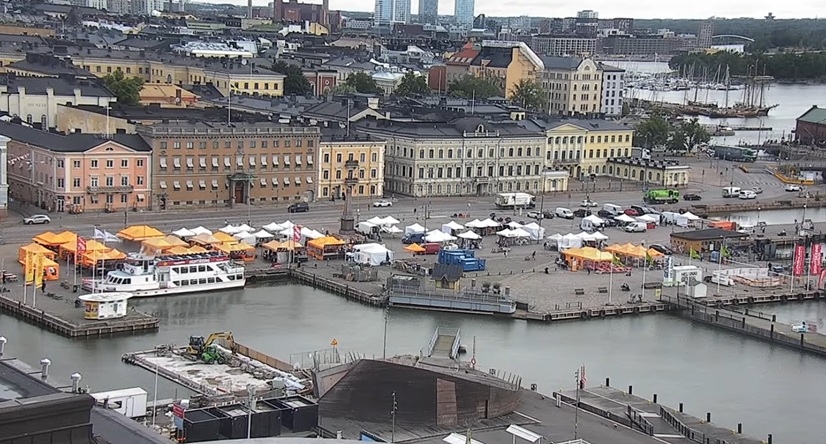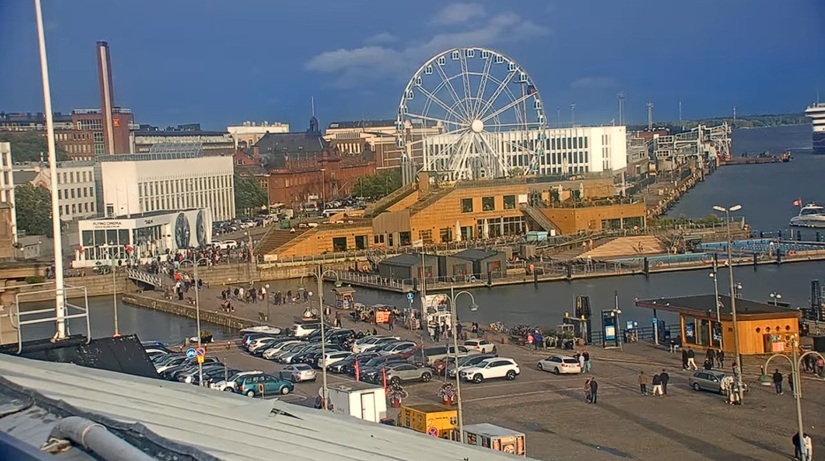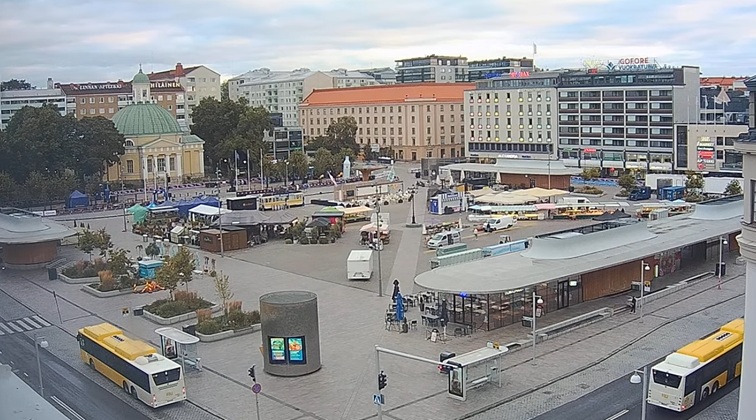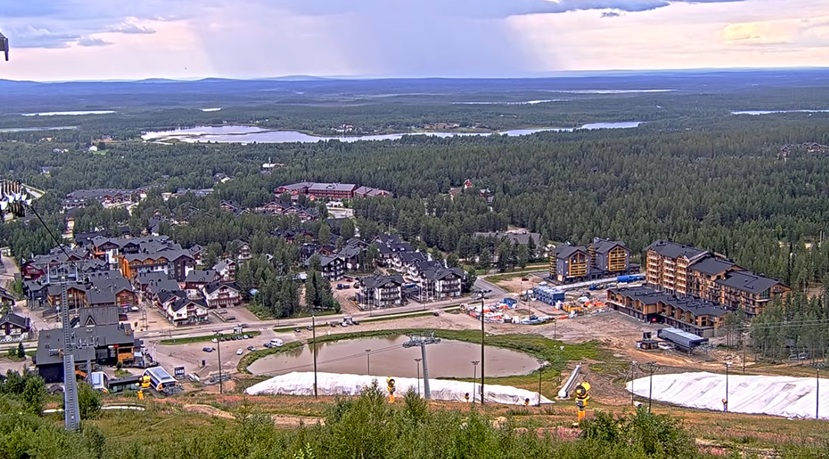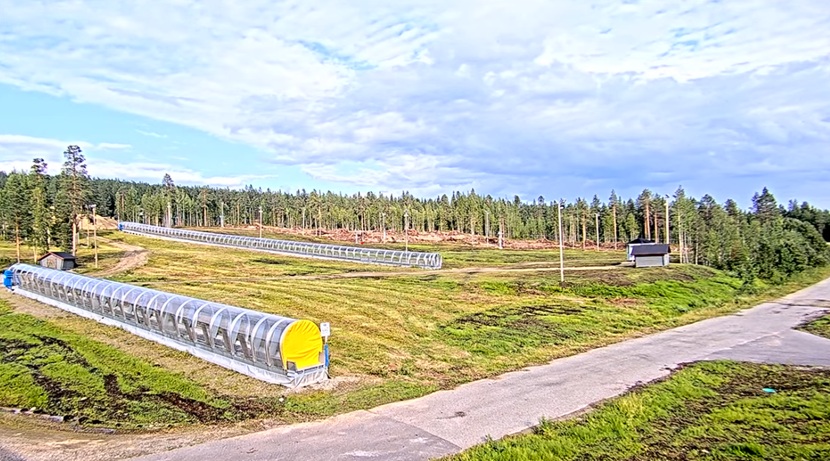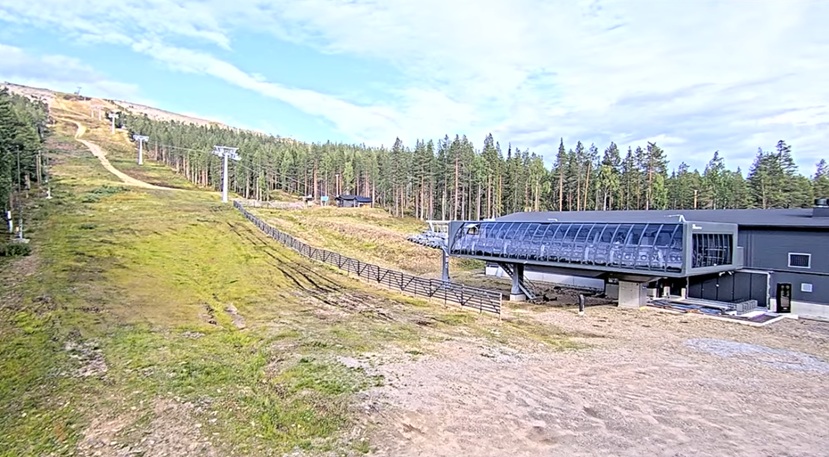Texel Lighthouse – A Quiet Icon Surrounded by Dunes and Sky
At the northern tip of Texel stands one of the island’s most recognizable landmarks: the Texel Lighthouse, or Vuurtoren Texel. Rising from the soft dunes like a watchful sentinel, this red tower has guided ships for more than 150 years. But beyond its maritime role, the lighthouse has become a symbol of quiet strength, history, and island identity.
From our live camera feed, you get a close-up view of the lighthouse and its surrounding landscape. No waves, no distant horizon: just the tower itself, set against the ever-changing sky and windswept dunes. It’s a view defined by stillness, weather, and timeless structure.
The lighthouse was built in 1864, standing 35 meters tall, and its bold red façade makes it a striking feature even in cloudy weather. It has survived the passage of time, including World War II damage and numerous storms. Today, its form remains largely unchanged, a piece of history nestled in nature.
Surrounding the tower is a textured landscape of grass-covered dunes, sand paths, and patches of low vegetation that shift with the seasons. On clear days, the red of the lighthouse contrasts beautifully with the blue or pastel sky. During overcast or stormy weather, its silhouette becomes moody and dramatic.
From the camera, you might see visitors walking around the base, cyclists passing by, or simply the movement of clouds and sunlight across the terrain. Birds are frequent visitors, and sometimes they perch near the top of the tower or glide past in the open air.
This isn’t a busy urban scene: it’s quiet, open, and introspective. Even the occasional human activity moves slowly. Watching this feed for a few minutes can bring a surprising sense of peace, as if time moves differently here. The lighthouse doesn’t blink or shift—it simply stands, as it has for generations.
Although it once served primarily as a maritime aid, today the Texel Lighthouse is also a viewpoint and museum, offering panoramic scenes from the top for those who visit in person. But through this camera, we focus on the outside world, the dunes, the sky, the shadows, and the presence of a structure built to endure.
In every season, the view transforms. In spring, wildflowers might emerge. In summer, the grass brightens and visitors arrive by bike and foot. In autumn and winter, the wind shapes the landscape and the colors grow cooler and starker. But the lighthouse remains a constant.
Whether you’ve visited before or are seeing it now for the first time, this camera brings you close to a uniquely Dutch piece of landscape and history. Not for action, but for presence. Not for drama, but for quiet observation.
This is the Vuurtoren Texel, not just as a guide for ships, but as a guide for the eye and the soul.
Check out other live cameras from West Frisian Islands.


